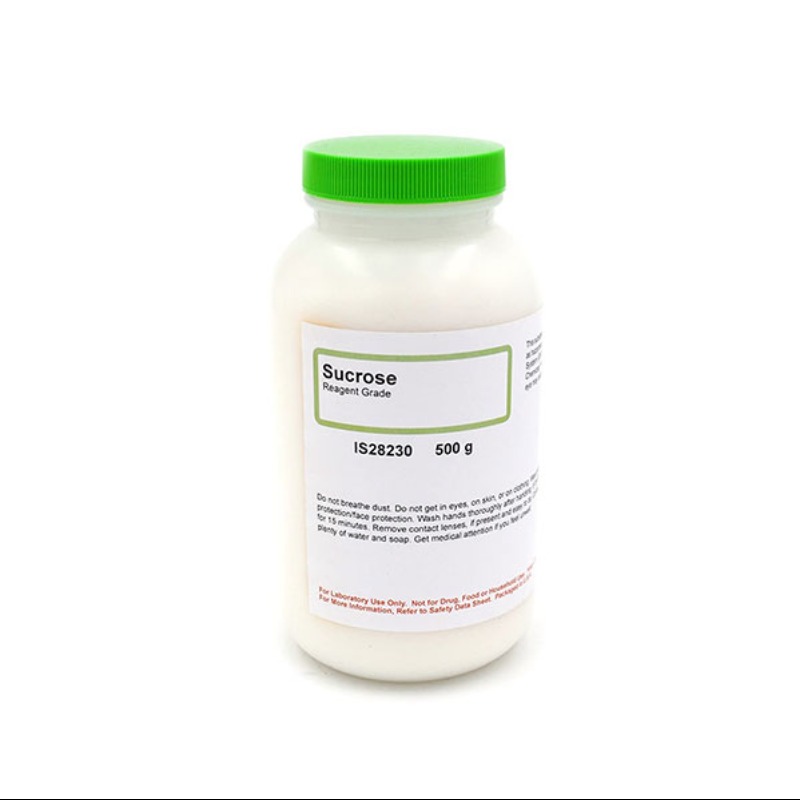
Carbonic acid (H2CO3) is a weak acid that forms when carbon dioxide (CO2) is dissolved in water. It plays a role in the food and beverage industry, primarily in the carbonation of beverages and in controlling pH levels. Here are its common uses in food:
Carbonation: Carbonic acid is crucial for carbonating soft drinks, sparkling water, and other carbonated beverages. It provides the effervescence and bubbles that make these beverages fizzy. The carbonation process involves dissolving carbon dioxide gas in water to form carbonic acid, which, when released from pressure, creates bubbles in the liquid.
Acidic Flavor: Carbonic acid contributes to the slightly acidic taste in carbonated beverages, which can help balance sweetness and enhance flavor perception.
Adjusting pH Levels: In some food processing applications, carbonic acid may be used to control and adjust the pH levels of certain food products. It can be employed to make minor pH adjustments in foods and beverages to achieve the desired taste and preservation effects.
Leavening Agent: In baking, carbonic acid plays a role in leavening. When baking soda (sodium bicarbonate) reacts with an acidic ingredient, it can produce carbonic acid, leading to the release of carbon dioxide gas. This gas causes dough or batter to rise, resulting in a lighter texture in baked goods like cakes, cookies, and pancakes.
pH Control in Pickling: In pickling, carbonic acid may be used to adjust the pH of the brine, ensuring that the pickled food products have the desired acidity and preservation properties.
Tenderizing Meats: Carbonic acid, produced when carbonated water is used in marinating, can help tenderize meats by breaking down muscle fibers and proteins.
Enhancing Flavor: In some culinary applications, carbonated water is used to enhance the flavor and texture of certain dishes, such as batters and tempura, resulting in a light and crispy coating.
No Review Found.
echem
477
Total Item
Login To Comment